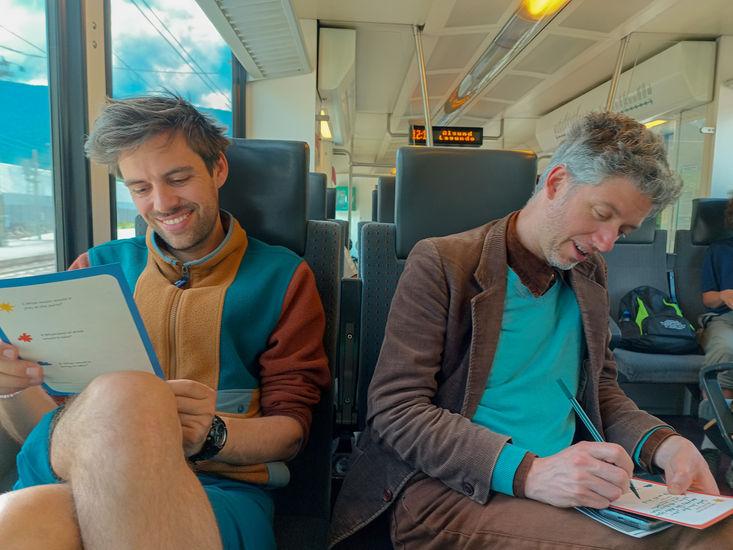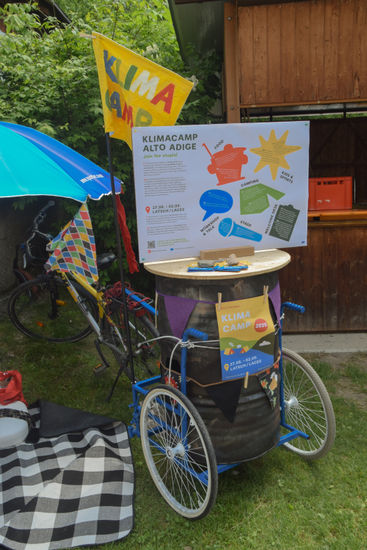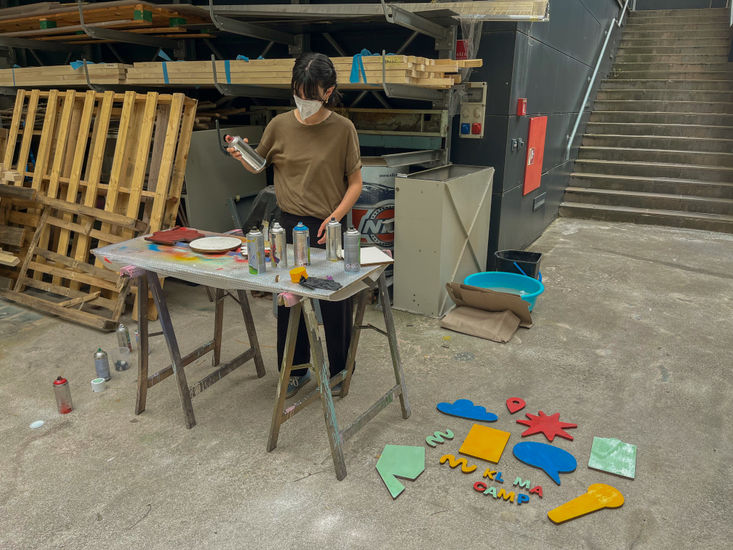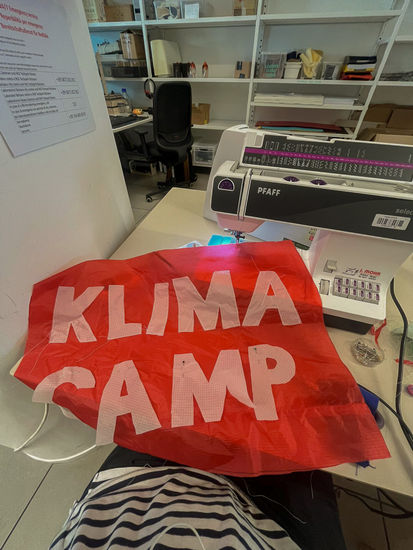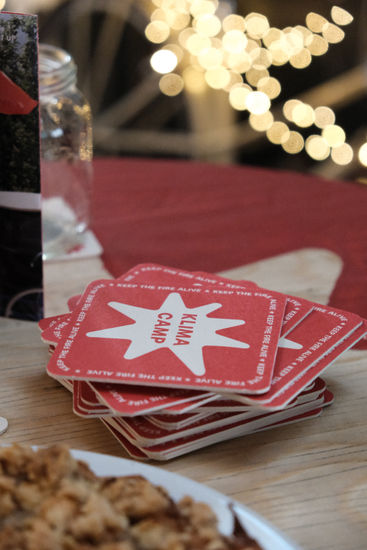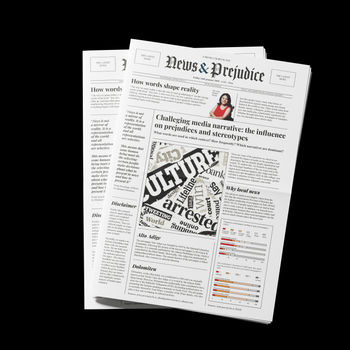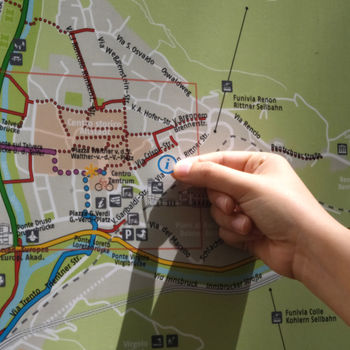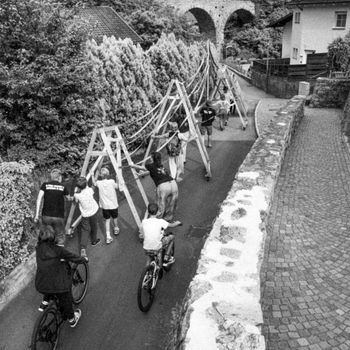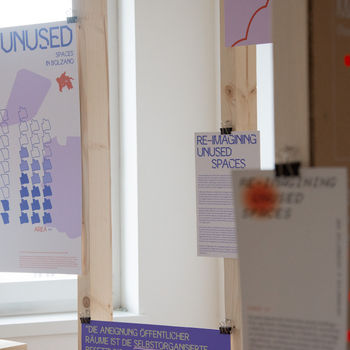The design and intent of the stand are rooted in a body of research that addresses both global climate communication challenges and local social dynamics in South Tyrol.
Climate Communication & Oversaturation
In the current climate discourse, there is the present phenomenon of climate oversaturation—a state in which people feel overwhelmed by a constant stream of negative news, alarming statistics, and political inaction. Studies show that this leads to emotional fatigue, apathy, or disengagement, particularly when individuals feel powerless to act. As a response, our project positions itself within the framework of hopeful narratives and micro-activations that invite community engagement through low-barrier, in-person interactions.
Sentiments in South Tyrol
Through literature research, workshop feedback, and observational methods, we gathered insights into the specific emotional landscape of South Tyrol. While the region has a strong relationship to its natural environment and a growing community of eco-conscious individuals, our findings suggest that many residents experience a tension between climate concern and a reluctance to engage in activist identities. More than half of the population considers climate change the greatest challenge of our time, 39% most feel worried about it, but only 17% actively strive for greater sustainability. Climate change is often perceived as too big or too far away, despite increasing local signs such as glacier retreat or shifting agricultural conditions. People expressed a desire for connection, dialogue, and tangible entry points.
Case Study: Mobile Activist Infrastructure
Our mobile stand concept draws on precedents like the project “Dare to share and wear!” (Austria) which uses movable structures to bring sustainability conversations into everyday public spaces. This example highlights the importance of mobility, adaptability, and visibility in reaching broader audiences beyond activist circles. Inspired by these cases, our stand was designed to travel across South Tyrol, appearing at festivals, markets, and social spaces to “spark” conversations in an approachable, informal way.






